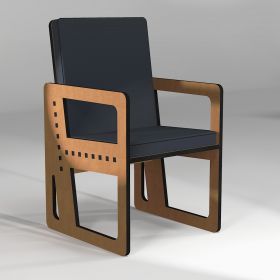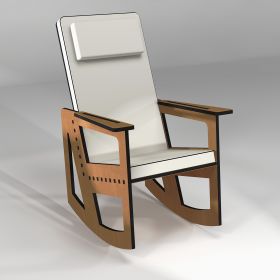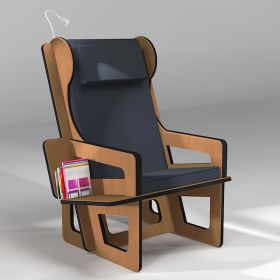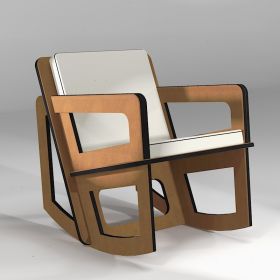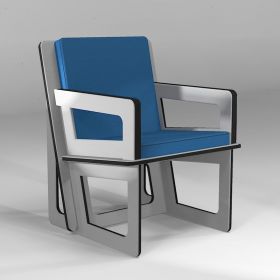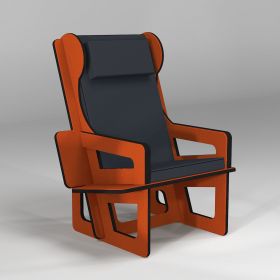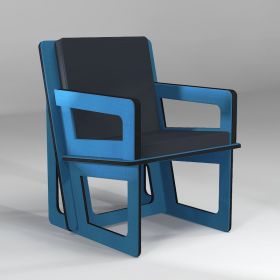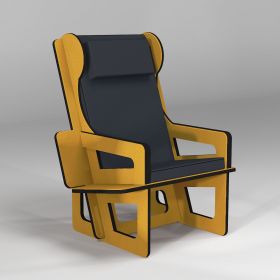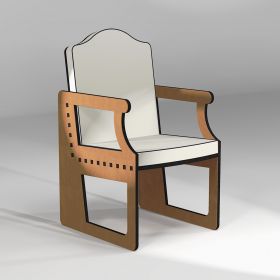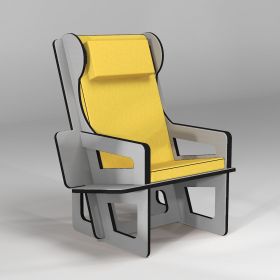By category
Also find these products by families
There are 18 products.
What are the key features of a chair for ageing well
- the height of the seat: the knees should not be higher than the seat if the person is tall and the feet should be flat on the floor if the person is short
- the depth of the seat: as deep as possible to maximise the support surface and reduce pressure on the seat, without the front of the seat pressing against the calf (so as not to impede venous return at the popliteal fossa)
- the width of the seat: not too narrow of course, but not too wide either, so that the armrests can act as a stabiliser and an aid to getting up
- the inclination of the seat and backrest: an angle of the seat of about 10° allows the person to be well wedged in the chair, without it being too difficult to get up; if the chair is installed around a table allow for a smaller angle of about 3° and the person is at risk of bedsores allow for a larger angle so that the weight of the upper body is supported by the backrest
- a lateral wedge:a very effective solution is to position thin pads between the trunk and the arms, under the armpits ( they are adjustable in width and fixed to the backrest); a rounded headrest or ears will wedge the head and avoid draughts in the neck
- cushions with removable covers; avoid coated fabrics that are easy to wash but on which you sweat, as sweating weakens the fabrics; there are waterproof, vapour permeable and elastic polyurethane coated fabrics
Mistakes to avoid
- the ugly chair, because it is degrading
- the reclining backrest with a seat that doesn't recline , because you slide forward
- the faux leather cushions that you sweat in
- the chair that is too big or too small
The ideal chair to accompany you through the years
It is made to measure from the measurements of the elderly person.
The cushions are adapted to the risk of pressure sores, assessed by a doctor or therapist . If the risk is low Bultex high resilience foam is very comfortable ( density 40 kg for the seat and 30 kg for the backrest)
The inclination of the chair is defined with therapists, according to the activities of the person or his need for support. If necessary, side cushions help to support the person.






